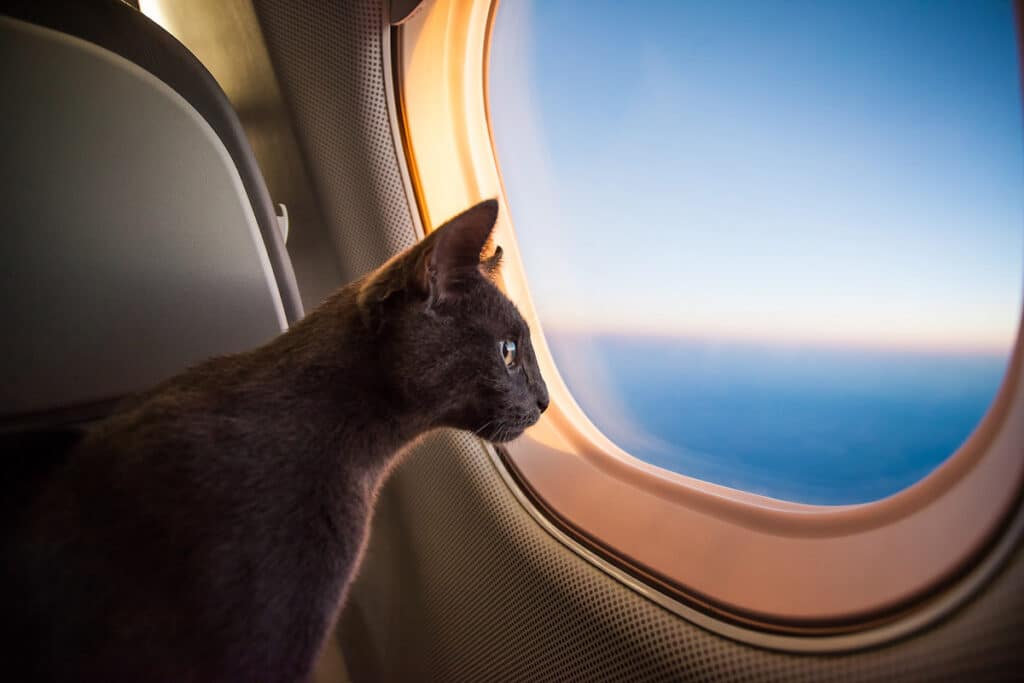Flying with your furry feline can be a daunting experience, especially if it’s your first time. However, with some careful planning and preparation, you can make the experience much smoother for both you and your pet. In this blog post, we will be sharing some tips and tricks to help you navigate the process of flying with your cat.
1. Research airline policies
Before booking your flight, it’s essential to research the airline’s pet policy. Different airlines have different rules regarding pet travel, including the size and weight restrictions, the type of carrier allowed, and additional fees. Some airlines may not allow pets on certain flights, or during specific times of the year, so it’s best to check the airline’s website or call their customer service line to ensure you have all the information you need.
2. Get your cat used to the carrier

To help your cat feel more comfortable during the flight, it’s important to get them used to the carrier in advance. Start by placing the carrier in your home and encouraging your cat to explore it. You can put some of their favorite toys or treats inside to encourage them to spend time in the carrier. Over time, gradually close the door for short periods, and eventually, take your cat for short trips in the carrier, such as to the vet or a friend’s house.
3. Put a Pee Pad in the Carrier
Like people, cats can get sick during takeoff and landing during a flight, so if you’re not sure if your cat gets sick during flights is best to be prepared. Just insert one pee pad into the carrier to make cleanup easier in case your cat gets sick.
4. Try to Get an Aisle Seat
Cats (and people) are less likely to get sick when seated in an aisles seat. Try to book an aisle seat if at all possible. If you do get stuck with a window seat, it’s not the end of the world – at least your furry friend can look out the window!
5. Consider a direct flight

If possible, try to book a direct flight to reduce the stress on your cat. Transferring between flights can be stressful for both you and your cat, so a direct flight can make the journey much smoother.
6. Prepare for security
Going through security can be stressful for pets, so it’s essential to prepare in advance. Make sure your cat is wearing a collar with identification, and consider a microchip as an added safety measure. You will also need to remove your cat from the carrier and carry them through security, so it’s important to have a harness or leash to keep them safe.
7. Pack essentials
Make sure to pack everything your cat will need for the flight, including food, water, and any necessary medication. You should also include a familiar blanket or toy to help your cat feel more comfortable. It’s also a good idea to pack some cleaning supplies, such as wipes and a plastic bag, in case of any accidents.
8. Consider sedation
If your cat is particularly anxious, you may want to consider speaking to your veterinarian about sedation. However, it’s essential to consult with your vet in advance, as sedation can have side effects, and may not be suitable for all cats.
In conclusion, flying with your cat can be a stressful experience, but with some careful planning and preparation, it can be much smoother. Remember to research airline policies, get your cat used to the carrier, consider a direct flight, prepare for security, pack essentials, and consider sedation if necessary. With these tips and tricks, you and your furry feline can have a stress-free flight.














